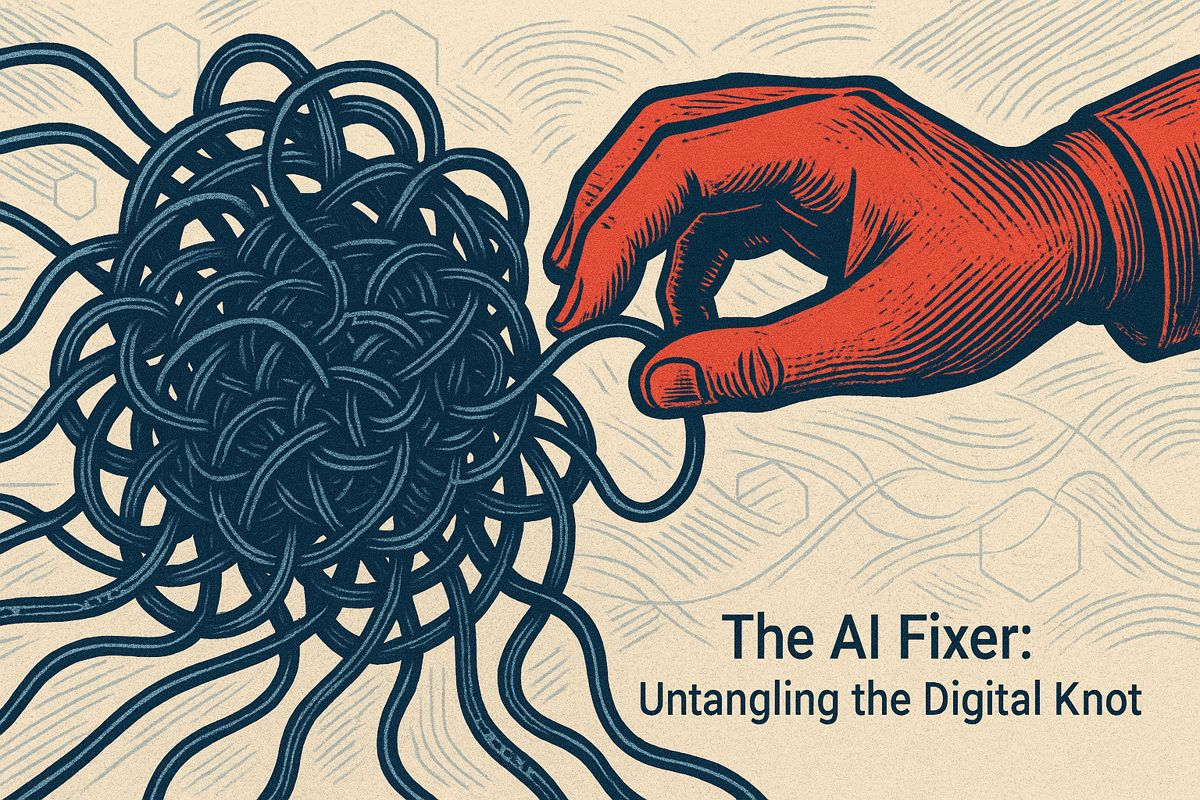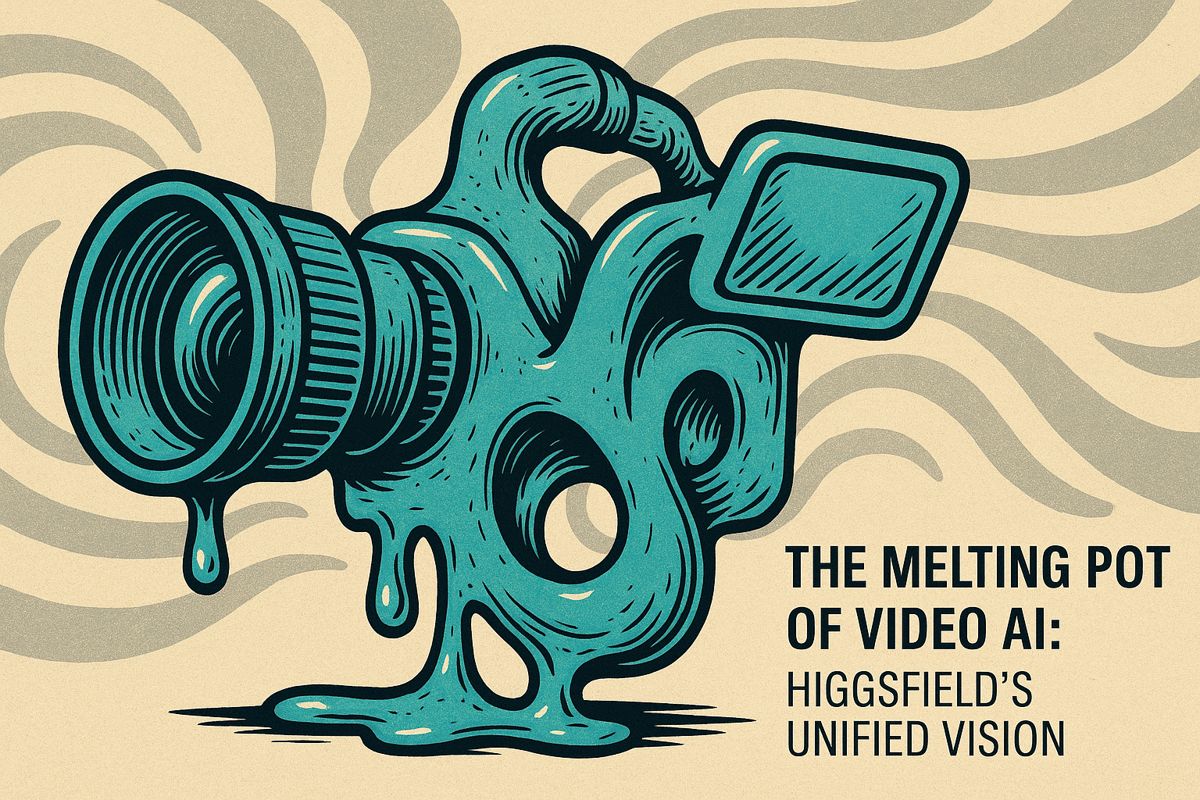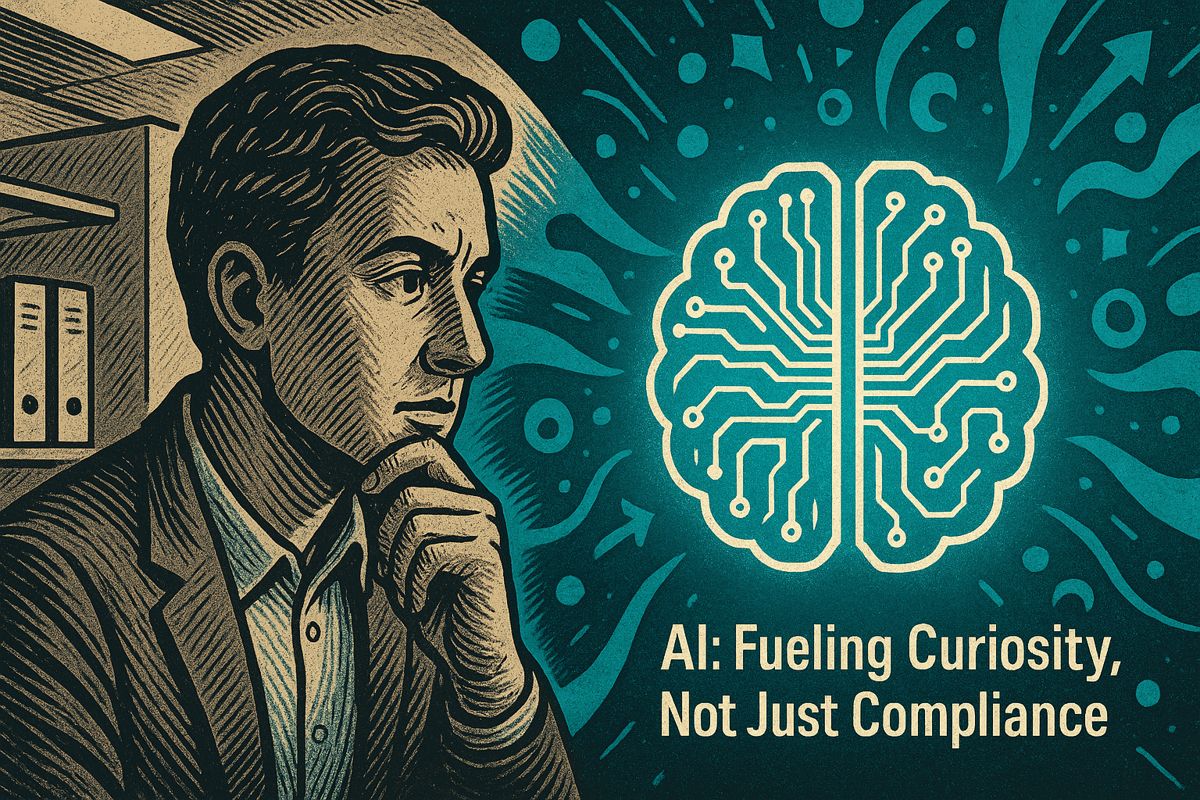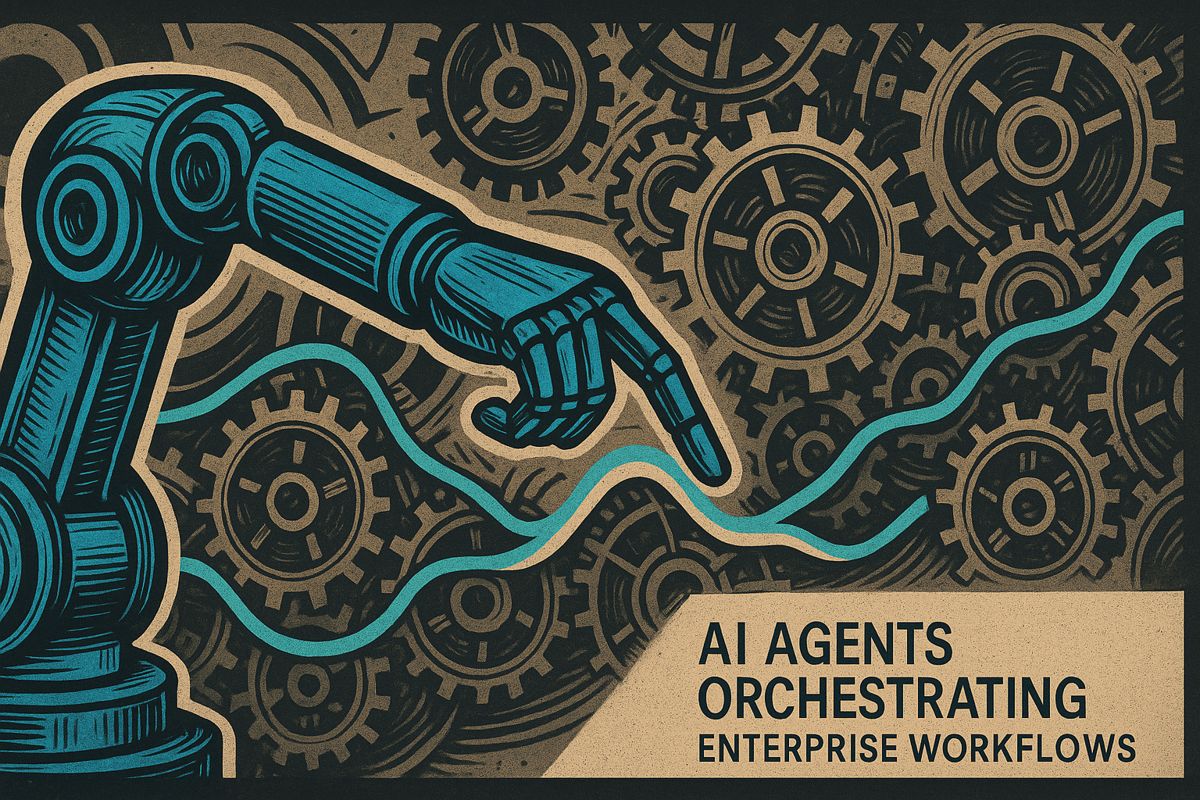AI Fixers are the tech world’s heroes who ensure smart AI tools function perfectly. They meticulously check, rewrite, and guide teams through AI-generated code, catching errors before they escalate. This role demands a blend of traditional engineering skills and AI prompting expertise, making them crucial for reliable AI performance in the rapidly evolving tech landscape.
What is an AI Fixer in modern engineering?
An AI Fixer is a specialist on tech teams who masters AI coding tools to untangle and verify the “almost-right” output generated by AI. They manually check, rewrite, and guide teammates through AI’s quirks, ensuring precision and preventing bugs. This role demands classic engineering skills, prompt-crafting, and vigilance in an evolving tech landscape.
Recently, a post ricocheted through an engineer’s Slack channel about so-called ‘AI Fixers’—and instantly, I was transported back to my wild days at a scrappy fintech startup. Back then, there was no official term: we didn’t brand anyone as an AI Fixer, but we definitely depended on one. Picture this—a tangle of version control issues, the ever-present urge to “just try it on production” (please, resist), and a prototype that spat out Python code like tickets from a malfunctioning arcade machine. Our unofficial Fixer? He’d quietly cut through the Gordian knot of AI-generated logic, acting as a translator between human confusion and machine precision. Funny how you only label a hero after the dust settles.
The office’s air, a cocktail of burnt coffee and faint ozone from overheated laptops, still lingers in my memory. One night stands out: our Fixer hunched over a keyboard, eyes squinting at lines of code. He silently rewrote huge swathes of AI output, unearthing subtle bugs no one else noticed. Relief washed over us each time he caught something catastrophic in the nick of time. I’ll admit, I once doubted whether this role would truly become its own thing. Now? I know better.
Anatomy of the AI Fixer: Skills, Struggles, and Surprises
What exactly is an AI Fixer? Here’s the scoop, distilled from the ground floor at places like Stripe and GitHub: they’re the new specialists in tech teams, people who’ve mastered AI coding tools but also have the grit to untangle the messy, almost-right output those tools produce. Every single line? Manually checked, verified, sometimes reimagined. The job demands both classic engineering chops and a strange new talent: AI prompt-crafting. (I wish someone had told me that prompt design was going to be a resume bullet point.)
The paradox is almost comical. These AI tools, marketed as the slick solution to all your software woes, are actually quite tricky. They’ll promise to build you modules if you just ask nicely—yet half the time you get code that nearly works, but not quite. Ever found yourself staring down a ‘magic_dogs’ import that appeared out of thin air? That’s the kind of rabbit hole AI Fixers navigate. It’s exhausting, sometimes infuriating, but also—oddly—satisfying when the machine finally behaves.
Mentorship is another angle. AI Fixers aren’t just coders, they’re guides—helping teammates over the steep learning curve these new tools create. I felt a pang of pride the first time a junior dev asked for help with a prompt, only to realize I’d become the mentor I once needed. The role is evolving fast, especially now that prompt engineering is turning into a core software skill. Steve Yegge’s forthcoming book, ‘Vibe Coding,’ seems poised to dig even deeper into this shifting landscape.
Vibe Coding and the Unwritten Laws of AI Collaboration
So what’s the Fixer’s secret sauce? The answer is relentlessly breaking problems into tiny, manageable morsels. You can’t just toss a vague wish into the AI and hope for something magical. Every step gets checked, then re-checked. Sometimes, code that looked perfect in staging will unravel spectacularly in production. Oof. The stakes jump even higher in regulated industries like finance or healthcare, where a stray bug can cost millions—or worse, cause regulatory nightmares.
Steve Yegge hits the nail on the head: “You cannot trust anything.” He’s not exaggerating. Working with AI code feels a bit like spelunking in a newly discovered cave, flashlight flickering. You’re surrounded by guardrails—static analysis, automated tests, code reviews, prompt logs. Ironically, the safety nets multiply just as the pace accelerates. You’ll need your old-school Python skills, an eye for algorithms, and intuition for system design. But now, add in prompt wizardry and the ability to reassure a nervous teammate when the AI hallucinates an imaginary library.
Honestly? The emotional ride is real. There’s pride when you find a hidden bug, frustration as the AI invents another non-existent function, and—occasionally—a burst of laughter at the weirdness of it all. I used to think only senior devs would thrive here, but I was wrong. Sometimes, it’s the fearless juniors who leap ahead, unfazed by the AI’s quirks and happy to Google their way out of any mess.
Imperfect Heroes for an Imperfect Age
This whole movement is vibe coding at its essence: small steps, constant feedback, never-ending vigilance. It’s not a job for automata, even if they’re your new colleagues. It’s for the adaptable, the meticulous, and—let’s be real—the slightly masochistic. Every AI Fixer I know is a linchpin, quietly holding the machine together, heart pounding over a suspicious chunk of code.
Is it glamorous? Not really. Is it necessary? Absolutely. Sometimes I catch myself wishing for a simpler toolchain, free of AI’s idiosyncrasies. Then again, where’s the adventure in that? The Fixers will keep guiding us through the labyrinth, flashlight in hand, until the next twist. (And if you’re wondering: yes, the caffeine still flows.)
- Dan



















